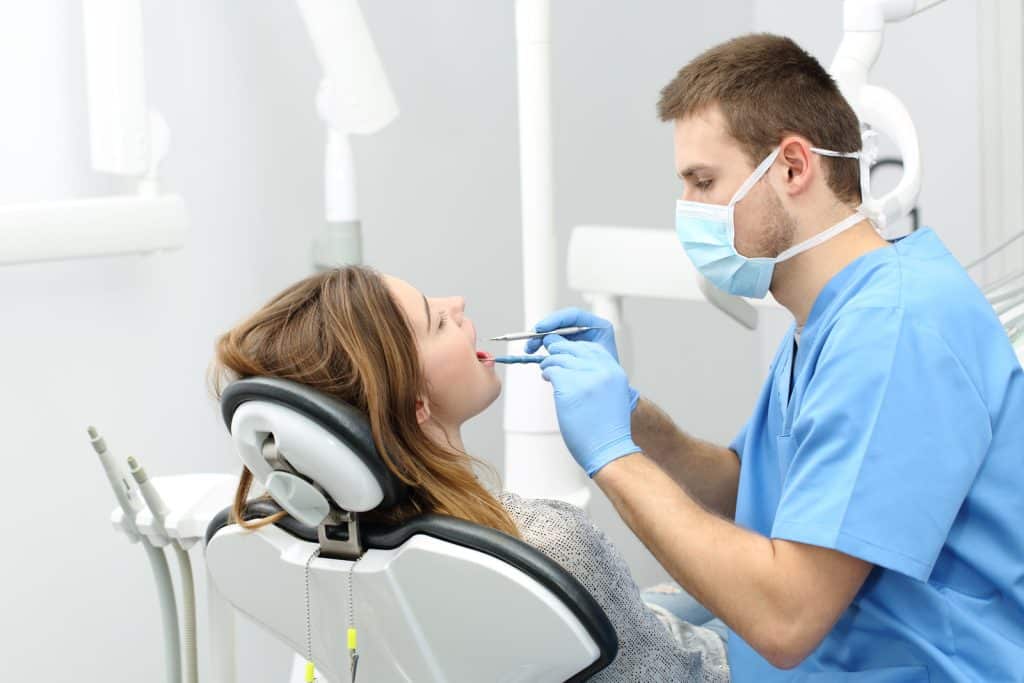Unlocking The Potential Of Web-Based Learning In Restorative Dentistry Education
In the changing world of dentistry, professionals ought to stay on the cutting edge of new ideas so that they can serve the patients to their level best and in alignment with changing trends. Doing this requires adoption to technology, including advancements in health tech education, with a key focus on web-based platforms. Web-based learning has emerged as a powerful tool for disseminating knowledge and enhancing skill sets. A recent study delved into the effectiveness of an online restorative dentistry course for dental graduates in Syria, shedding light on the transformative impact of web-based education in the field.
Embracing Innovation
Restorative dentistry is a challenging field of science which is characterized by its many-layered procedures and constantly evolving methods. Therefore, for any individual in this area, continuous education as well as skills improvement should be a part of daily routine. In response to the demand for open, accessible, and flexible education environments, the study aimed at assessing the viability of an online course constructed on the Syrian Virtual University's learning management system on Moodle. The web-based strategy not only enabled the participants to have access to comprehensive material but also gave them the flexible space to follow the course at their own pace; which in turn, catered to the different styles of learning and schedules of each learner.

Unveiling the Results
The study demonstrated that there was a high improvement in the knowledge of restorative dentistry for those who participated in the study. The valuation of the learning effect was assessed with a pre-test and post-test exam. In this, the participants demonstrated a remarkable improvement, with statistical analysis revealing a substantial difference in understanding. Moreover, the high satisfaction rate among participants, coupled with positive feedback from the course acceptance survey, attested to the efficacy and acceptance of the web-based learning approach. Additionally, the study highlighted the importance of ongoing education for dentist emergency Edmonton practitioners to stay updated with the latest advancements in dental care.
Implications for the Future
As the study elucidates, web-based learning holds immense promise in revolutionizing dental education. Its accessibility, flexibility, and efficacy in delivering content make it a compelling avenue for continuous professional development. By harnessing the power of technology, dental educators can create dynamic and engaging learning experiences that transcend geographical boundaries and time constraints. All this is made possible by the power of technology which has also found ground even in the real-life practice of dentistry in the society. For instance, 3D is being leveraged to assist in various work of dentistry and it has proven quiet promising for both patients and health organizations. For dentist emergency Edmonton and other places, technology has been a pillar in making sure the patients receive the best dental services in an effective and efficient manner.
Conclusion:
In conclusion, the study offers a compelling glimpse into the transformative potential of web-based learning in restorative dentistry education, particularly for promoting healthy teeth practices. As depicted from the study, substantial progress was marked by the participants. The notable improvement in learning outcomes, coupled with participants' positive reception, underscores the pivotal role of technology in shaping the future of dental education. Therefore, as we navigate the digital age, embracing innovative approaches to learning is imperative for fostering a skilled and empowered dental workforce. The findings of this study serve as a beacon of inspiration for educators and practitioners alike, urging us to embrace the limitless possibilities of web-based education in dentistry